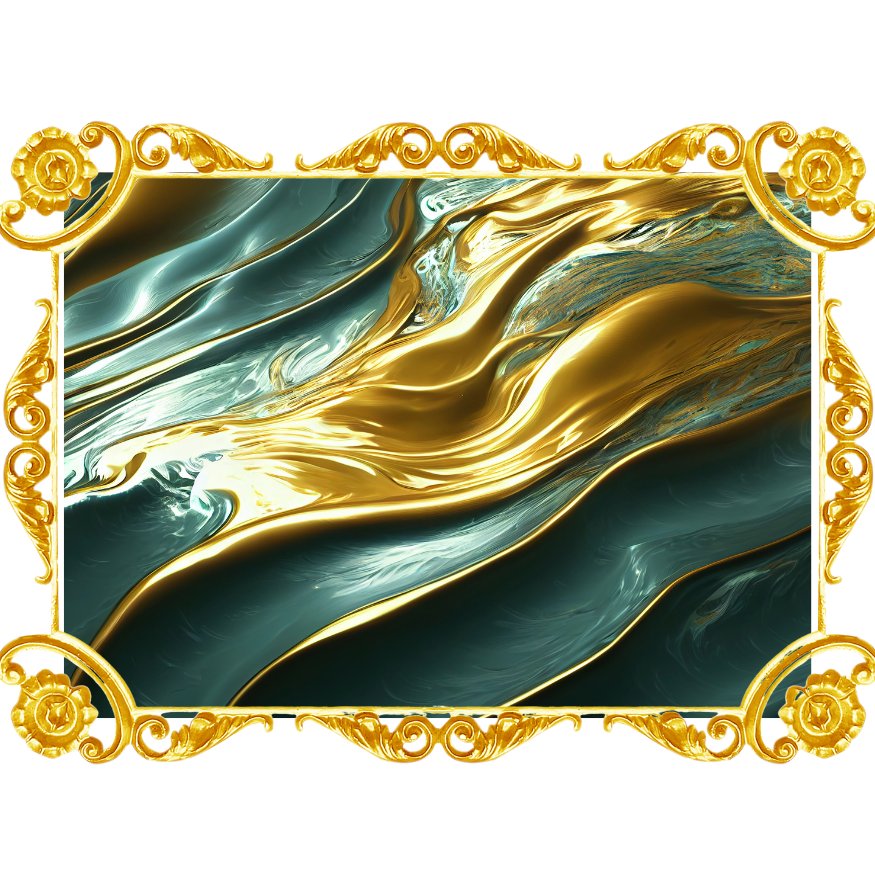
Shimmer And Shine, Magic Of Gold Paint For Artists & Crafters
Gold Paint has fascinated artists for centuries, its warm glow representing beauty, wealth, and timelessness. While pure gold in the form of leaf or metal has been used since ancient times, modern gold paint provides an accessible way to achieve the same radiance without the expense of solid gold. Today, gold paint plays an important role in creative projects, offering artists, designers, and crafters a versatile medium to bring a luminous touch to their work.
Types of Gold Paint
Gold paint is available in several forms, each with its own qualities and best uses. Traditional gold leaf remains one of the most striking options, consisting of extremely thin sheets of real gold that can be adhered to surfaces for a mirror-like finish. Liquid gold paints—made by mixing powdered gold or metallic pigments with a binder—offer more flexibility for painting details and covering large surfaces smoothly. In contemporary art and craft, acrylic gold paint is especially popular because it dries quickly, adheres to many materials, and creates a metallic shimmer ideal for mixed media work. For a richer, more classical finish, oil-based gold paints are still used by artists, producing a glossy, slow-drying sheen that works beautifully on canvas or wood. Water-based gold paints, including those for watercolour techniques, provide a delicate glow that can be layered into illustrations or calligraphy projects. Each type of gold paint captures a different aspect of the metal’s brilliance, giving artists the freedom to choose according to their style and surface.
Applications of Gold Paint in Art Projects
The beauty of gold paint lies in its versatility across a wide range of artistic practices. In fine art, painters often use gold accents to highlight focal points on the canvas, adding dimension and depth while symbolizing importance or sacredness. Illustrators and calligraphers turn to gold paints to embellish letters, flourishes, and borders, creating works reminiscent of illuminated manuscripts. In sculpture and decorative art, gold paint brings elegance to wood carvings, plaster ornaments, and ceramics, giving them an opulent finish without the cost of solid gold.

For craft enthusiasts, gold paint finds countless uses. It can be brushed onto frames, furniture, and home décor objects to create a luxurious touch, or added to handmade greeting cards, journals, and scrapbooks for a shimmering detail.
Crafters also use gold acrylics or sprays to decorate terracotta pots, fabric, or even glass, giving everyday objects a festive or sophisticated transformation.

Theatrical productions and costume design rely on gold paint to mimic the shine of jewellery and metal accessories, adding dramatic impact on stage. In modern mixed-media art, gold paint is frequently layered with inks, textured gels, and resins, where its reflective qualities catch the light and bring the work to life.

Gold paint is more than a colour; it is a way of infusing creativity with warmth, brilliance, and a sense of grandeur. From fine art canvases to handmade crafts and decorative projects, its applications are almost limitless. With different types of gold paint—leaf, acrylic, oil, water-based, or liquid—artists can experiment and achieve effects ranging from subtle highlights to radiant focal points. Whether used for a small accent or to dominate an entire piece, gold paint continues to enchant creators and viewers alike, proving that the glow of gold is as enduring in modern art projects as it was in the treasures of ancient civilizations.

